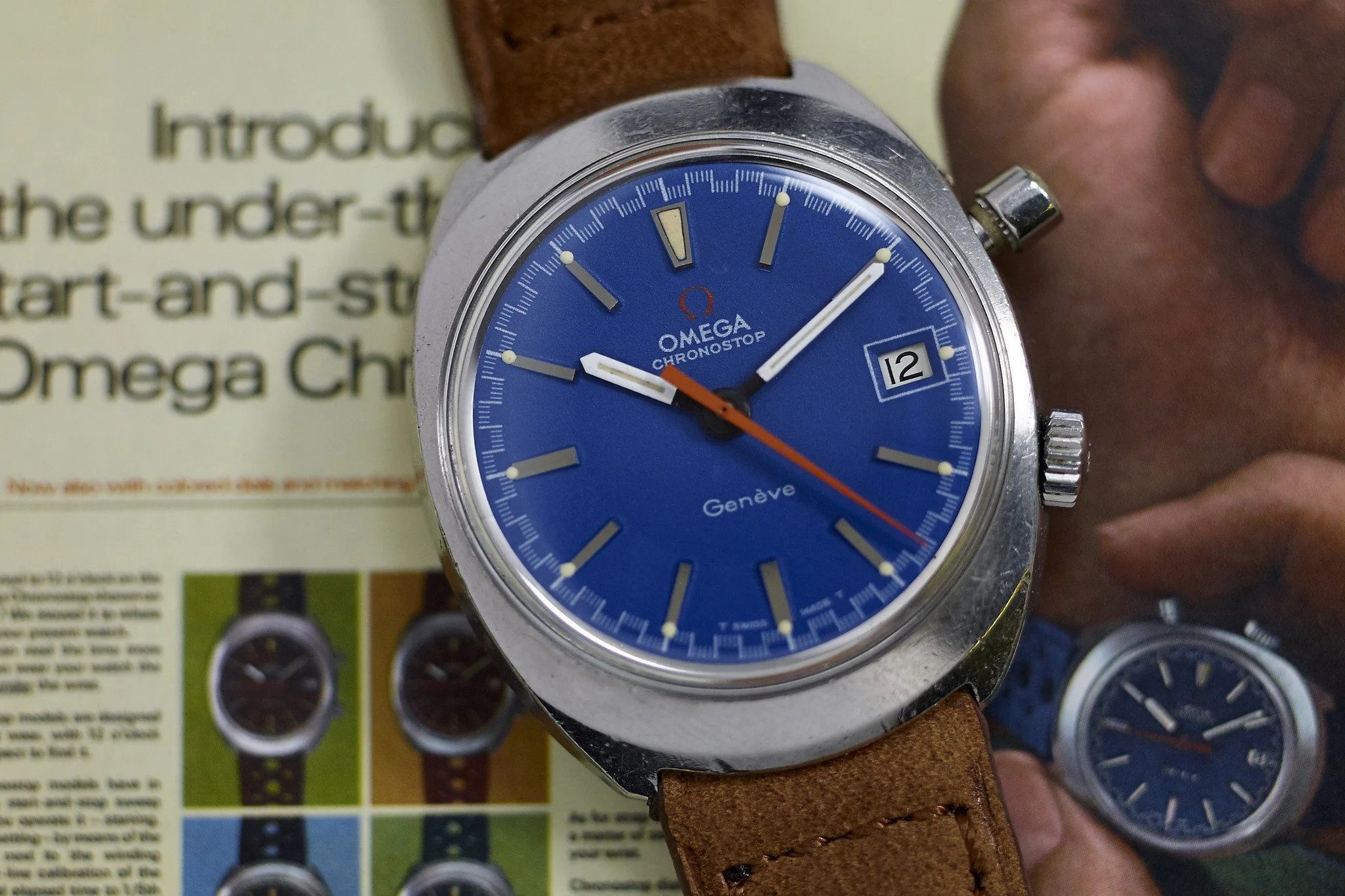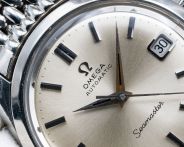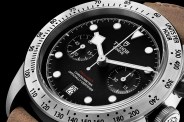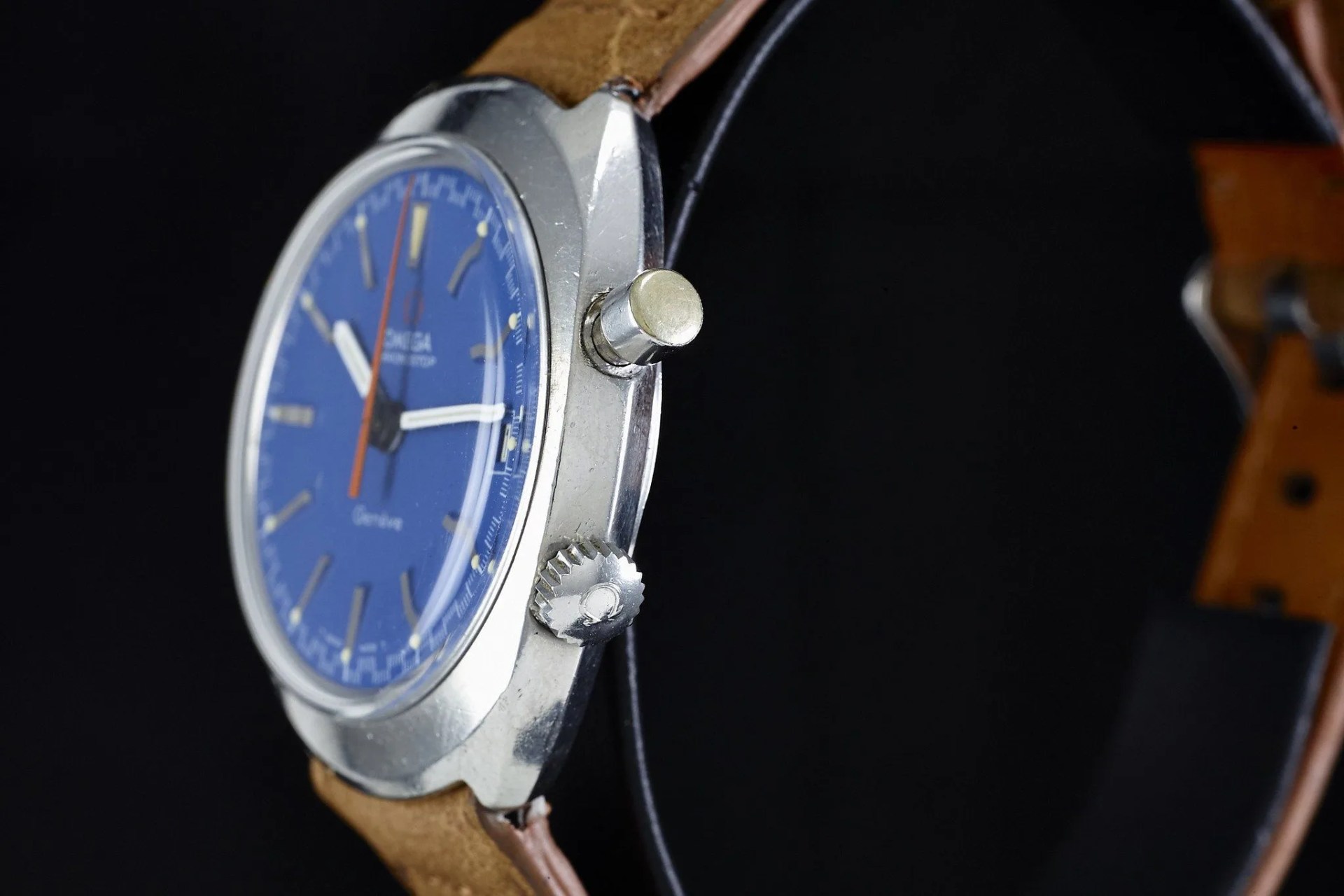Welcome to Watches You Should Know, a biweekly column highlighting important or little-known watches with interesting backstories and unexpected influence. This week: the Omega Chronostop.
The experimentalism of the 1960s and ’70s watches went beyond crazy colors and unexpected geometry: the funkiness sometimes extended even to mechanics and functionality. A case in point is the greatly overlooked Omega Chronostop, which reimagined the form and operation of a chronograph watch — and which today offers a surprisingly compelling value for a vintage sport watch.
Introduced in 1966, most Chronostops look very much like products of their time, with the likes of bright orange hands, bezels that look like roulette wheels and some funky case shapes. In any of its various forms, however, the Chronostop watches are linked to one another via some distinctive traits: Despite a clean dial with only three hands, its general sportiness and single pusher protruding from the case side mark it as more than your typical time-only watch.
Yes, this is an unusual form of chronograph (stopwatch), as it offers the ability to measure only up to 60 seconds. It’s not the only such watch to have ever featured such a simplified take on chronograph functionality (the Rolex Zerographe and Centregraph being early comparable examples), but the Chronostop is also interesting for how its chronograph is used.
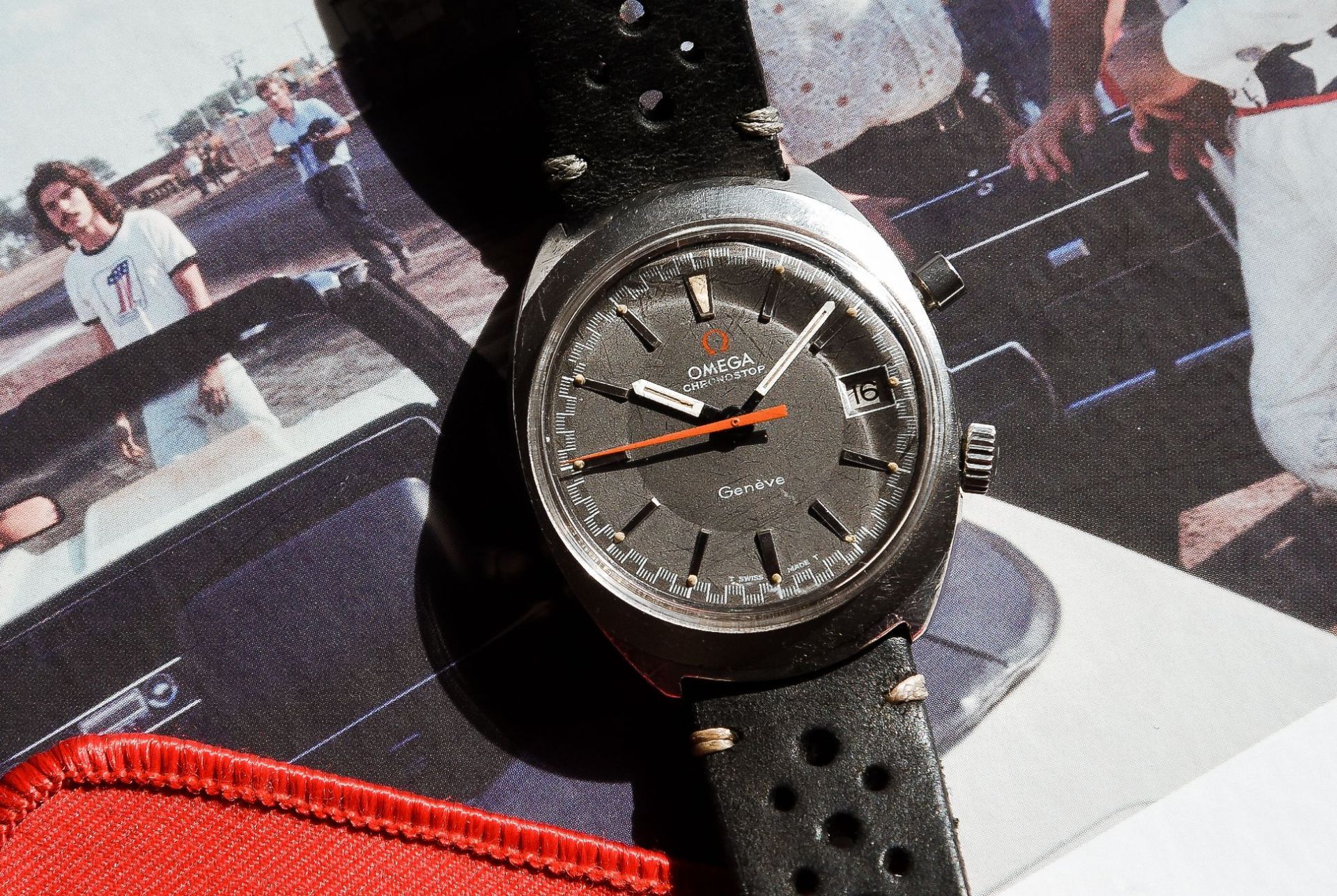 Analog/Shift
Analog/ShiftThe typical modern chronograph measures the seconds via a central hand, while smaller subdials track minutes and sometimes hours (the main time’s seconds are often displayed on yet another subdial). They’re usually operated by two pushers: one to start and stop, and the other to reset. Even relatively primitive “monopusher” chronographs mostly have the same functionality, but require three presses of a single pusher.
